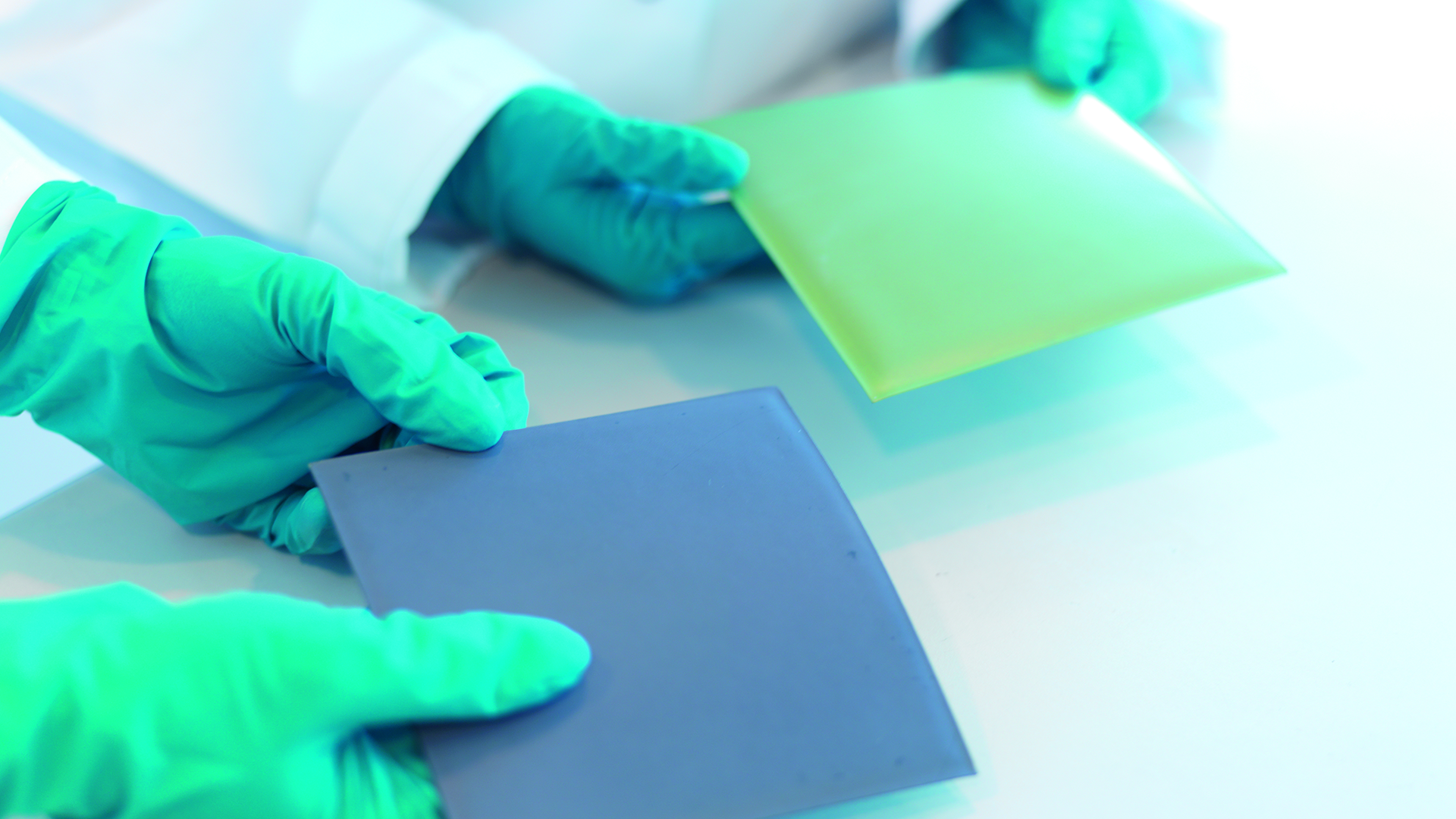Power-to-X and electrolysis
In the green transition, we are facing two key challenges, viz. replacing the use of fossils and in the course of this balancing an electricity grid powered predominantly by fluctuating renewable energy sources such as solar and wind power.

Power-to-X (P2X), and within this electrolysis, provides solutions to both challenges. Simply put, electrolysis and down-stream processes can be operated to balance the grid when the renewable electricity is cheap.
Together with derived fuels and chemicals (X’s), the produced hydrogen can be used to replace fossils to a wide extent. In some cases, direct electrification and batteries are better solutions, while in other cases X's are a necessity for, e.g., aviation and oceangoing ships where the energy density is the key challenge.
At DTU Energy, we do research in the core of the P2X technologies, i.e. the electrolysis technologies used to produce hydrogen. Due to their scalability, we focus on alkaline electrolysis and on solid oxide electrolysis. The research spans from basic material science, over component production and interfaces, to characterization of cells, stacks and modules. The characterization spans over advanced electrochemical methods, advanced microscopy, in-situ characterization, mechanical testing as well as long-term and dynamic testing.
We combine experimental results with models on material level as well as cell and stack level to gain new insights. This knowledge is further applied to estimate the performance and costs of future systems that operate with the known variation of these technologies, but also of new electrolysis technologies currently developed in our labs.
Contact
Henrik Lund Frandsen Professor Department of Energy Conversion and Storage Mobile: +45 93511618 hlfr@dtu.dk